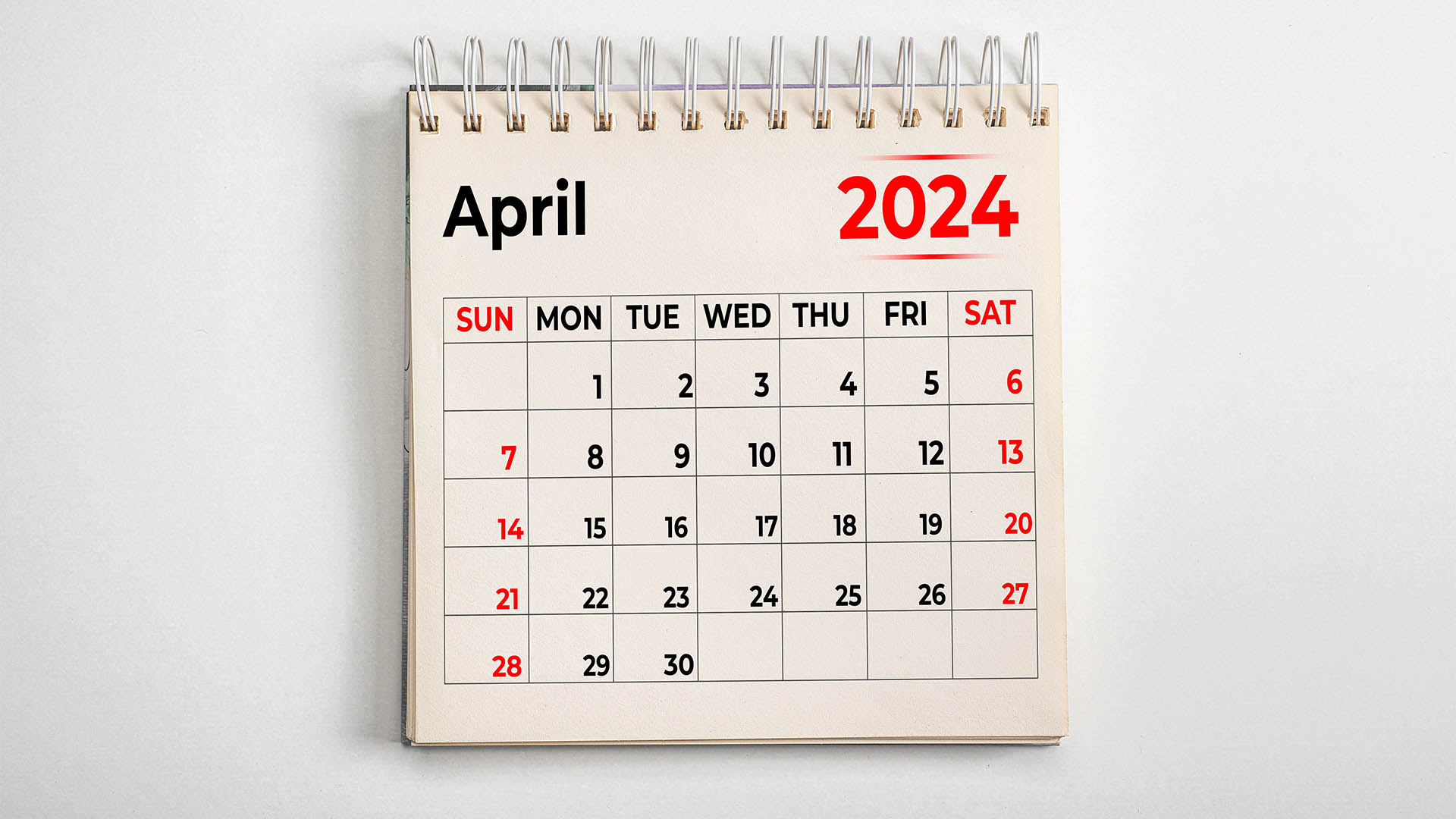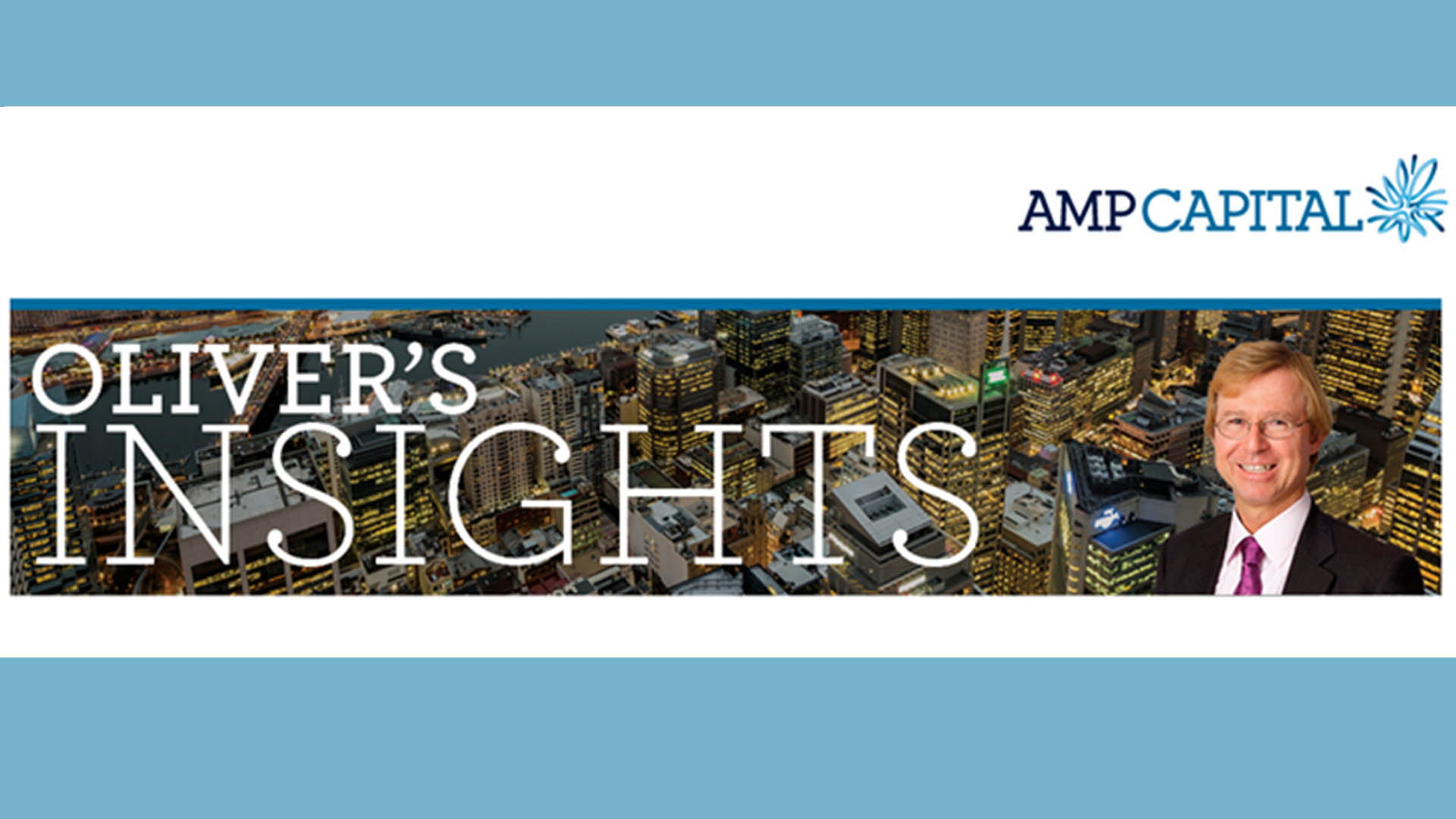For the third time this year, the strength of the labour market has made fools of economists, analysts, and business media who mistakenly saw a fall in employment in one month and claimed the job market was 'cooling.'
It happened at the start of the year and then in April, as a combination of people waiting to start jobs and school holidays saw falls in one month more than made up by a big rise the next month.
And so it was in July – when there was a drop in employment of 14,600, which was followed by August's surge of around 64,900. That boosted the number of people employed to more than 14.107 million, an all-time high and up 410,000 in the past year.
And unlike July when unemployment rose by more than 5,000, August saw a drop of 2,600 to just over 540,000, up 42,600 in the past year.
And while the unemployment rate remained at 3.7% in August (seasonally adjusted), according to the Australian Bureau of Statistics (ABS), the participation rate hit a new all-time high of 67% (up from 66.9% the month before as more people were looking for work and 66.7% a year ago).
Bjorn Jarvis, ABS head of labour statistics, said in Thursday's release that "with employment increasing by around 65,000 people and the number of unemployed only dropping slightly, by around 3,000 people, the unemployment rate remained at 3.7 per cent in August.
“The large increase in employment in August came after a small drop in July, around the school holiday period. Looking over the past two months, the average employment growth was around 32,000 people per month, which is similar to the average growth over the past year.
“The employment-to-population ratio rose 0.1 percentage point to 64.5 per cent, around the record high in June. The participation rate also increased, up to a record high of 67.0 per cent in August, which, together with the high employment-to-population ratio, continues to reflect a tight labour market,” Mr. Jarvis said.
Monthly hours worked fell 0.5% in August 2023 (following the increase of 0.2% in July) while employment was up 0.5%.
The ABS pointed out that despite that small fall in August, hours worked were 3.7% higher than August last year, thanks to the 3% plus rise in employment in the same time.
“The strength in hours worked over the past year, relative to employment growth, shows the demand for labour is continuing to be met by people working more hours, to some extent,” Mr. Jarvis said.
That’s what the June quarter national accounts showed with people spending more time at work and less time at home in the year to June. That trend looks like it's continuing into the early months of 2023-24.
The underemployment rate rose 0.2 percentage points to 6.6% in August, 0.6 percentage points higher than August 2022, but was still around 2.2 percentage points lower than before the pandemic.
The underutilisation rate, which combines the unemployment and underemployment rates, rose 0.1 percentage point to 10.2%. This was 0.8 percentage points higher than last August, and 3.7 percentage points lower than March 2020.
“While we have seen the underutilisation rate increase over the past year, from the recent low of 9.3 per cent in October 2022 up to 10.2 per cent, it is still well below the 14.0 per cent in March 2020. Before the pandemic, the last time we saw it this low was in September 2008,” Mr. Jarvis said.
The ABS said full-time employment increased by 14,000 to 9,878,000 people, and part-time employment increased by 14,300 to 4,218,100 people, and the part-time share of employment was 29.9% (29.8% in July), down from 30.2% at the start of the year and 30.3% in August 2022.














